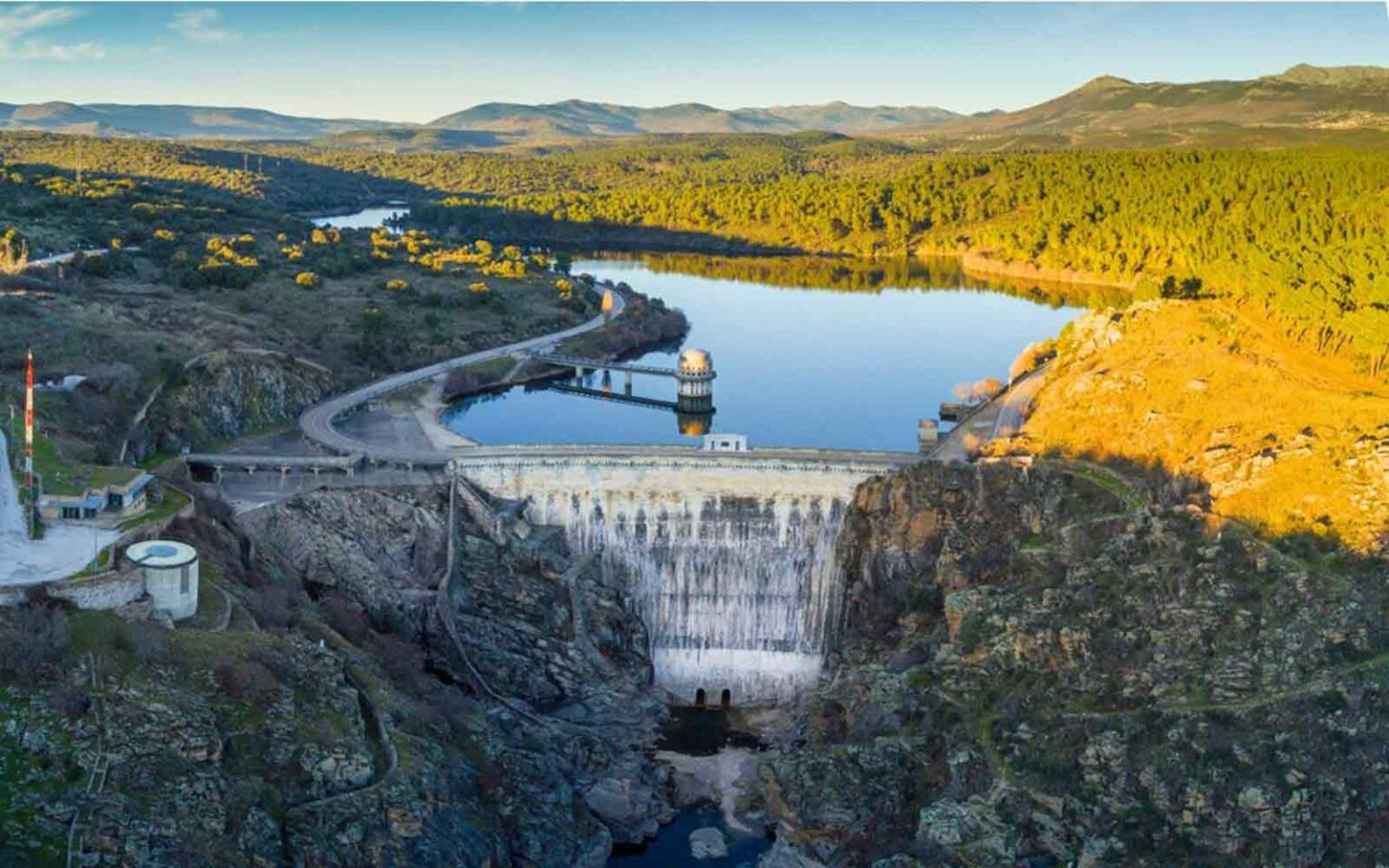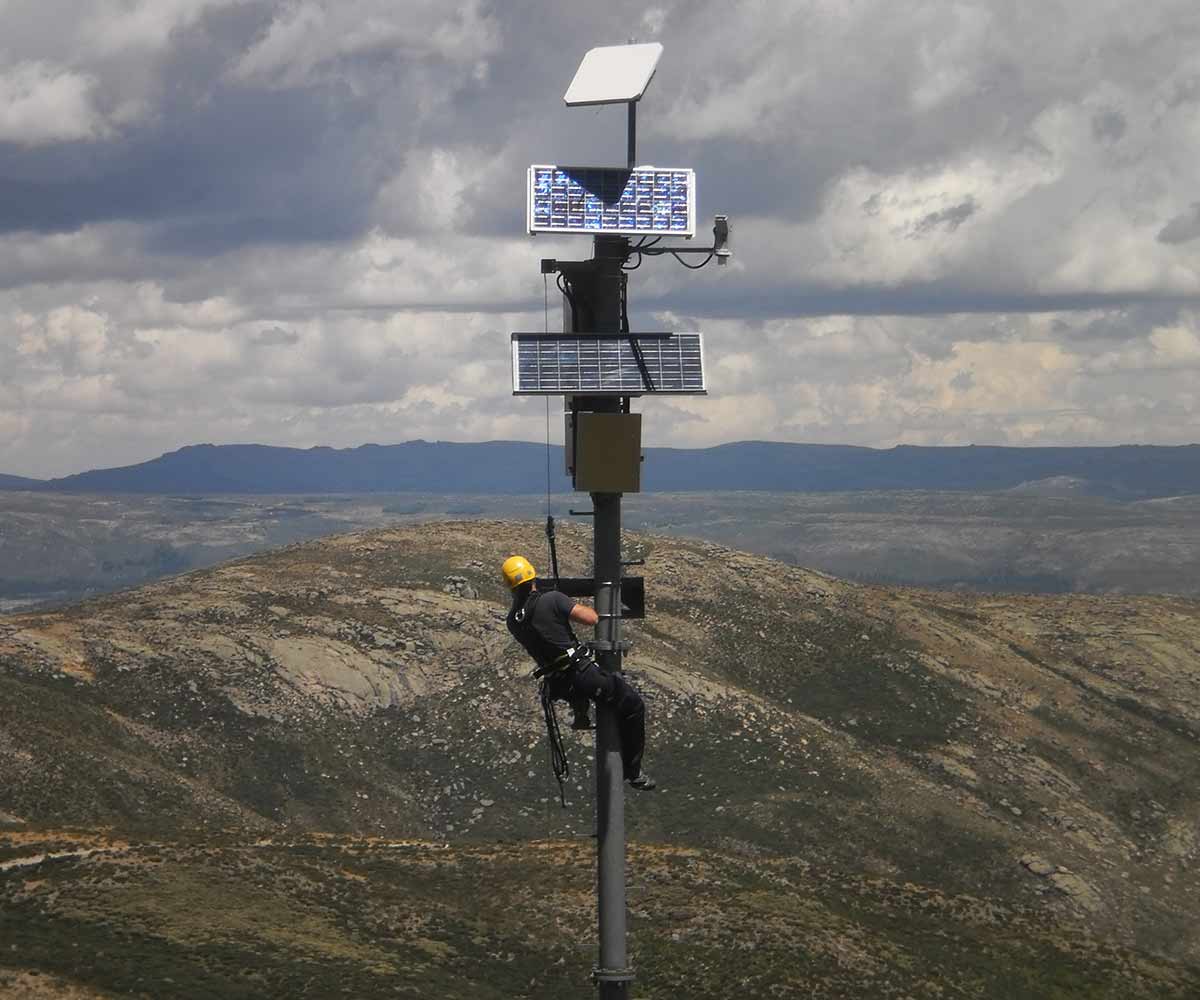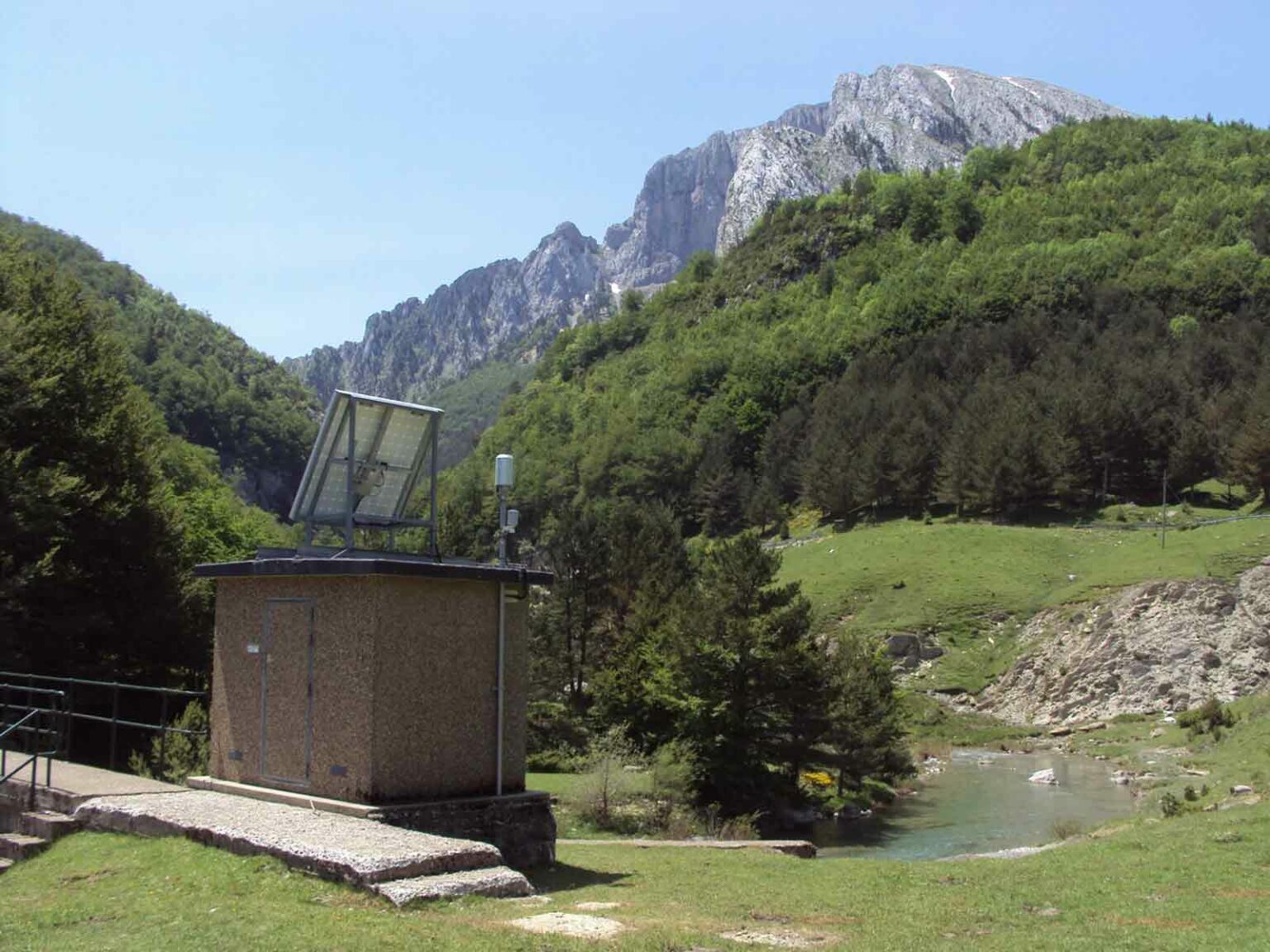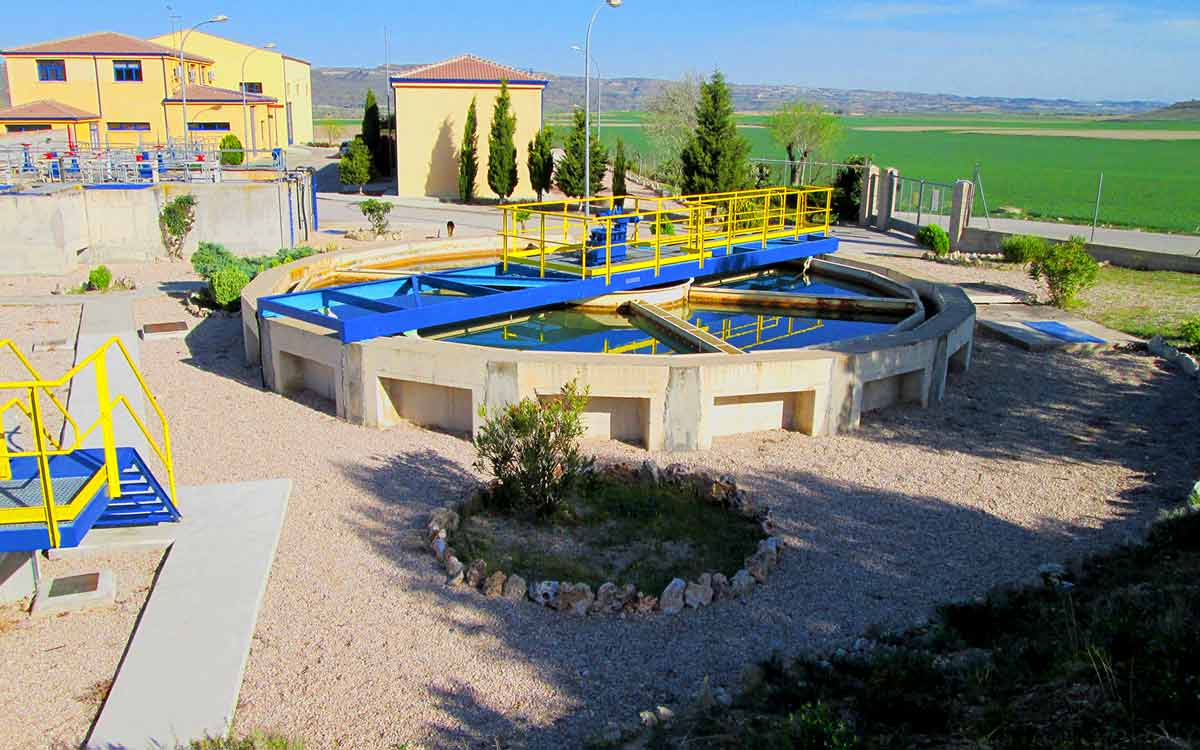Choose language
Hydrology and water resources
Hydrology and water resources
The river basin organisations are responsible for hydrological planning, management of resources and uses, protection of the public water domain, concessions of private water use rights, water quality control, design and implementation of new hydraulic infrastructure, dam safety programmes, data banks, etc.
The provision of integrated hydrological information systems is essential for the development of all these tasks. In this regard, SICE develops tailor-made solutions for river basin managers to obtain the necessary information for proper management and exploitation.


An IAHIS is a system capable of capturing, transmitting in real time, processing and presenting data describing the hydrological, hydraulic and quality status of a basin, with the ultimate aim of managing and exploiting its water resources and being able to prevent and act appropriately in the event of possible floods, as well as having accurate and reliable information on the quality of inland surface water. It is a fundamental system for water management. It is made up of field sensors, remote data collection stations, communications systems, databases, models, operating applications, information web pages, etc…
SICE’s experience in these systems ranges from the initial installation of the system to the subsequent maintenance and operation service, by means of qualified and experienced personnel capable not only of managing and controlling the system, but also of creating new utilities or computer tools to facilitate user access to the information generated.
From the Control Centre of an IAHIS, SICE can manage data from multiple systems (SAIH, SAICA, ROEA, Dam Emergency Plans, etc.), allowing it to be exploited by different users. The IAHIS Information System triggers alarm states based on data received as to variables or statuses. It includes Decision Support Systems, through modelling and simulation of the behaviour of the basin and hydraulic infrastructures, and forecasts on certain variables (levels, flow rates, etc.).
Quality control can be applied at critical points to monitor discharges and protected areas through real-time physical-chemical parameter measurement, with the activation of pollution alarms and analysis of trend curves and behavioural studies.
Floods are the most frequent and widespread adverse natural phenomenon worldwide, causing considerable material losses and numerous fatalities every year. Water authorities worldwide, aware of this problem, are making increasing progress in the implementation of what are known as Emergency Plans, resulting in Early Warning Systems (EWS) or Decision Support Systems (DSS) for floods, in which SICE is an expert.
The SICE position is that early warning systems cannot be separated from decision support systems, as there is always a link between these and information systems (SAIH, SAICA, ROEA, PEP, Hydro-meteorological Networks, etc…).

Based on the monitoring of the environment through the use of real-time measurement networks, made up of stations for measuring rainfall, levels or river flow rates, with their respective communications systems (GPRS, satellite, radio, etc.), to monitor the amount of rainfall, river levels, etc., and finally forecast floods accurately.
SICE develops tailor-made solutions for river basin managers to obtain the necessary information for proper management and warning.
The Decision Support System (DSS) is based on modelling the hydrological response of the basin at three levels: hydrological, hydraulic and reservoir management.
The system allows predictions of the flows expected over the next few days in the main rivers of the basin, and can also simulate reservoir operations and their effects on the watercourses, before they need to be implemented.
Floods are one of the most devastating and unavoidable natural disasters. Anticipating that a river may overflow allows emergency plans, evacuations and other actions to be activated so as to avoid loss of life or damage to property and the environment.
The population is usually alerted through the installation of a network of sirens or fixed public address systems. The complementary use of other warning systems may also be considered, such as mass telephone warnings (SMS), mass media, variable message boards, social media, mobile public address systems, etc. All these warning systems are accompanied by dissemination campaigns to inform the population on how to act.

In order to provide wastewater treatment plants (WWTP) with instrumentation for the continuous measurement of wastewater quality, SICE installs, maintains and operates Wastewater Quality Control Systems, capable of analysing various parameters in the effluent of each of the facilities that discharge into streams and river basins. This ensures environmental protection of the surroundings as well as compliance with the requirements of the discharge authorisations issued by the relevant authorities.
SICE’s experience in water quality means that in addition to emphasising the elements for measuring or monitoring the parameters, due to the very nature of the systems, it has created and carefully optimised a series of auxiliary elements which will, together with these measuring elements, achieve an operational, reliable, robust and low-maintenance system.

Information on the Quality of the influent and effluent water of a Wastewater Treatment Plant (WWTP) can only be obtained with the appropriate instrumentation for the parameters to be measured, as well as different systems that allow collection of water at the measurement point, transport to the measurement probes and return to the collection point.
The parameters usually monitored in this type of system are organic matter (BOD5, COD and TOC), turbidity, pH, conductivity, ammonium, phosphates and nitrates. The measuring devices are designed for continuous and automatic operation with minimum maintenance. They are managed by means of a control system that integrates two-way communication with the control centre.
Due to the very nature of the water to be analysed, the critical point of the system is in the analysis circuit (water intake system and location of probes), since the high concentration of solids and foreign elements in wastewater causes clogging, breakdowns in the collection system, preferential flow areas, etc.